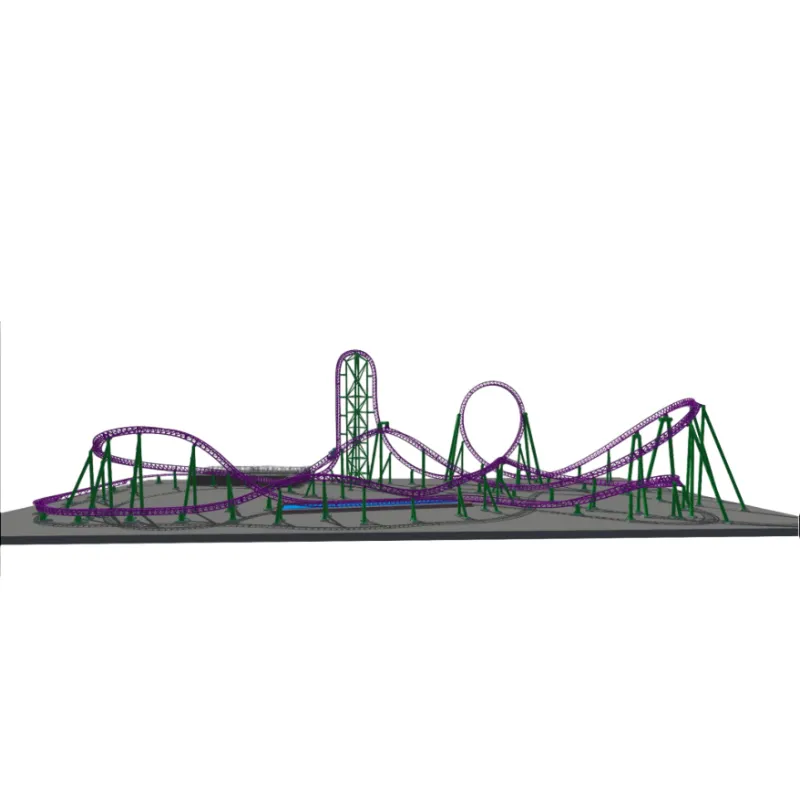- Albanian
- Arabic
- Belarusian
- Bengali
- Czech
- English
- French
- German
- Hebrew
- Hungarian
- Indonesian
- irish
- Italian
- Japanese
- kazakh
- Persian
- Russian
- Thai
- Uzbek
- Vietnamese
roller coaster car design
Roller Coaster Car Design The Thrill of Innovation
Roller coasters have long been a staple of amusement parks worldwide, delivering adrenaline-pumping experiences and iconic screams of joy. At the heart of each thrilling ride lies the complex and innovative design of roller coaster cars. These designs not only prioritize safety and comfort but also enhance the overall experience for riders.
The journey of roller coaster car design begins with conceptualizing the ride. Designers must consider factors such as the intended speed, height, and type of track involved. Each element influences the fundamental design features of the cars. For instance, a coaster that boasts steep drops will require cars that provide stability and support to accommodate the forces exerted on riders. Engineers utilize advanced computer simulations to analyze these forces and establish safety requirements.
One of the key aspects of roller coaster car design is the materials used. Cars are generally constructed from a combination of steel and reinforced plastics. These materials are not only strong and durable but also lightweight, allowing for higher speeds and smoother rides. Additionally, modern coasters may incorporate advanced technologies such as magnetic braking systems, which require specific design adaptations for the cars.
roller coaster car design

Comfort is another critical consideration in car design. Ergonomics plays a significant role, as designers aim to create seating that accommodates a wide range of body types. Safety features like harnesses and restraints are meticulously crafted to secure riders without compromising comfort. Innovations in restraint systems, such as those that allow for more freedom of movement while still ensuring safety, enhance the thrill without sacrificing rider security.
The aesthetic appeal of roller coaster cars is also paramount. Many designs draw inspiration from themes of the overall roller coaster experience. For instance, a coaster themed around a futuristic city may have sleek, angular cars made to look like spacecraft, while a wooden coaster may sport retro-inspired, classic designs. Such visual elements not only enrich the ride experience but also contribute to the ambiance of the amusement park.
Moreover, the rider experience is further enhanced by the design of the train's configuration. Some coasters utilize “inverted” designs where riders are positioned below the track, giving them a unique perspective and heightened sense of thrill. Others may feature “wing” cars, allowing riders to feel as though they are flying, as their seats are placed on the sides of the track.
In conclusion, the design of roller coaster cars is a fascinating blend of engineering, comfort, and aesthetics. Each component—ranging from the materials used to the ergonomics and visual themes—plays a vital role in creating a thrilling, safe, and enjoyable experience for riders. As technology continues to evolve, the future of roller coaster car design promises to deliver even more exhilarating experiences for thrill-seekers around the globe.
-
Flume Ride-Hebei Zhipao Amusement Equipment Manufacturing Co., Ltd.|Thrilling Water Attraction&Customizable DesignJul.30,2025
-
Flume Ride - Hebei Zhipao Amusement Equipment | Water Coaster, Thrilling DescentJul.30,2025
-
Flume Ride - Hebei Zhipao | Thrilling Water AttractionJul.30,2025
-
Flume Ride: Thrilling Water Attraction by Hebei Zhipao|Log Flume Manufacturers&Flume Ride DesignJul.30,2025
-
Flume Ride-Hebei Zhipao Amusement Equipment Manufacturing Co., Ltd.|Thrilling Water Coaster, Safe DesignJul.30,2025
-
Flume Ride-Hebei Zhipao Amusement Equipment Manufacturing Co., Ltd.|Thrilling Water Attraction, Safe DesignJul.30,2025
